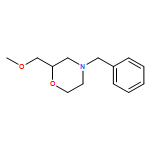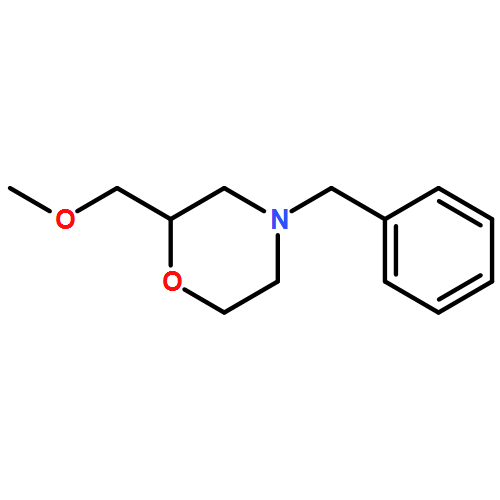Co-reporter:Wenhua Chen, Zhenghui Huang, Wanyan Wang, Fei Mao, Longfei Guan, Yun Tang, Hualiang Jiang, Jian Li, Jin Huang, Lubin Jiang, Jin Zhu
Bioorganic & Medicinal Chemistry 2017 Volume 25, Issue 24(Issue 24) pp:
Publication Date(Web):15 December 2017
DOI:10.1016/j.bmc.2017.10.017
Malaria parasites are a leading cause of worldwide mortality from infectious disease. Cysteine protease falcipain-2 (FP-2) and Plasmodium falciparum dihydrofolate reductase (PfDHFR) play vital roles, which are absolutely essential, in the parasite life cycle. In this study, based on the structures of uniform fragments of reported PfDHFR inhibitors and the first-generation dual inhibitors against FP-2 and PfDHFR, we identified a novel series of dual inhibitors through fragments assembly. Lead optimization led to the discovery of 24, which showed high potency against FP-2 (IC50 = 10.0 µM), PfDHFR (IC50 = 84.1 nM), P. falciparum 3D7 (IC50 = 53.1 nM), clinical isolated strains Fab9 (IC50 = 14.2 nM) and GB4 (IC50 = 23.4 nM). The in vivo inhibition assays against P. berghei in 10 days indicated 24 had a more beneficial effect on the growth inhibition of P. berghei than artemisinin and an identical effect with pyrimethamine. Additionally, 24 moderately inhibited the proliferation of chloroquine-resistant P. falciparum Dd2 strain. Collectively, these data revealed that 24 could be an excellent lead compound as FP-2 and PfDHFR dual inhibitor for the treatment of malaria.Download high-res image (83KB)Download full-size image
Co-reporter:Huang Huang, Weiqiang Lu, Xi Li, Xiaoli Cong, Hongmei Ma, Xiaofeng Liu, Yu Zhang, Peng Che, Ruoqun Ma, Honglin Li, Xu Shen, Hualiang Jiang, Jin Huang, Jin Zhu
Bioorganic & Medicinal Chemistry Letters 2012 Volume 22(Issue 2) pp:958-962
Publication Date(Web):15 January 2012
DOI:10.1016/j.bmcl.2011.12.011
Resistance of malaria parasites has quickly developed to almost all used antimalarial drugs. Accordingly, the discovery of new effective drugs to counter the spread of malaria parasites that are resistant to existing agents, especially acting on multi-targets, is an urgent need. The cysteine protease falcipain-2 (FP-2) and dihydrofolate reductase (DHFR) play crucial roles in the Plasmodium life cycle. In this study, a series of first-gereration small molecular dual inhibitor of FP-2 and DHFR have been designed and synthesized based on the lead compound 1, which was randomly identified by screening FP-2 inhibitors in our laboratory. Six compounds (2f–g, 2j, and 2m–o) showed improved dual inhibitory activities against FP-2 (IC50 = 2.7–13.2 μM) and DHFR (IC50 = 1.8–19.8 μM), and the inhibitory capability of compound 2o against FP-2 and DHFR were increased ∼8 and ∼6 times than that of compound 1, respectively. Moreover, compound 2o exhibited moderate in vivo antimalarial activity in a dose dependent fashion, its safety and survival rate were slightly better than that of positive drug. The preliminary SAR was obtained, meanwhile, molecular modeling result provided the key structural information to maintain the dual inhibitory activity, and was helpful for future dual inhibitors design.


















